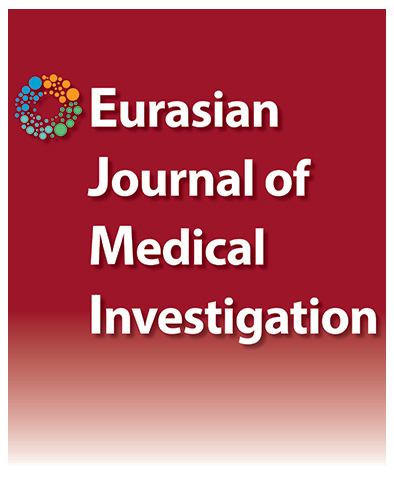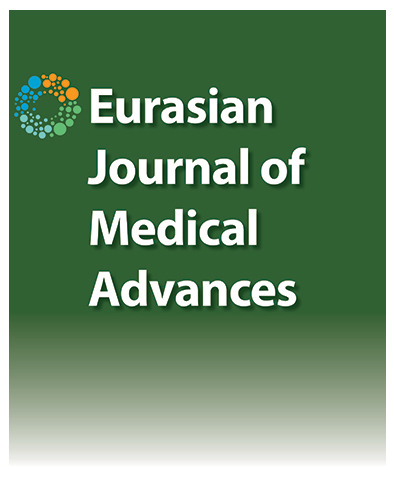Effects of Cyclosporin A, Mycophenolate Mofetile, Vitamin A, D, E and N-Acetyl Systein in Rats With Nephrotic Syndrome
Yunus Emre Baysal1, Ayfer Gür Güven2, Sema Akman21Department of Pediatric Nephrology, Kütahya University of Health Sciences, Kütahya, Türkiye2Department of Pediatric Nephrology, Akdeniz University, Antalya, Türkiye
Objectives: Patients with steroid-resistant nephrotic syndrome have a high risk of developing chronic renal failure. Cyclosporine A used in treatment is nephrotoxic. Data on the efficacy of mycophenolate mofetil used in the treatment are insufficient. New treatment options should be explored. Our research aims to investigate the effectiveness of cyclosporine A, mycophenolate mofetil, vitamin A, D, E, N-acetyl cysteine and their combinations in rats with nephrotic syndrome.
Methods: The research was conducted with 48 adult male rats of the Wistar-albino. To induce nephrotic syndrome, two doses of adriamycin were administered to all rats 20 days apart. Serum creatinine, albumin, cholesterol, triglyceride, total oxidant status, total antioxidant status, protein in urine, creatinine, and creatinine clearance were analyzed in rats. Glomerulosclerosis index, total injury score, interstitial fibrosis score, TGF-and osteopontin analyzes were performed within the scope of the histopathological evaluation.
Results: At the end of the study, the lowest 24-hour urine protein was found in group B (cyclosporin A + vit ACE), and the highest 24-hour urine protein in group C (mycophenolate mofetil). The highest serum creatinine, triglyceride, and cholesterol and the lowest serum albumin levels are in group A (cyclosporine A). The lowest serum creatine, triglyceride, and cholesterol and the highest serum albumin levels are in group D (mycophenolate mofetil + vit ADE).
Conclusion: It has been observed that vitamin ACE added to cyclosporine A treatment reduces cyclosporine A nephrotoxicity, and vitamin ACE added to mycophenolate mofetil contributes positively to renal histopathological findings.
Manuscript Language: English






